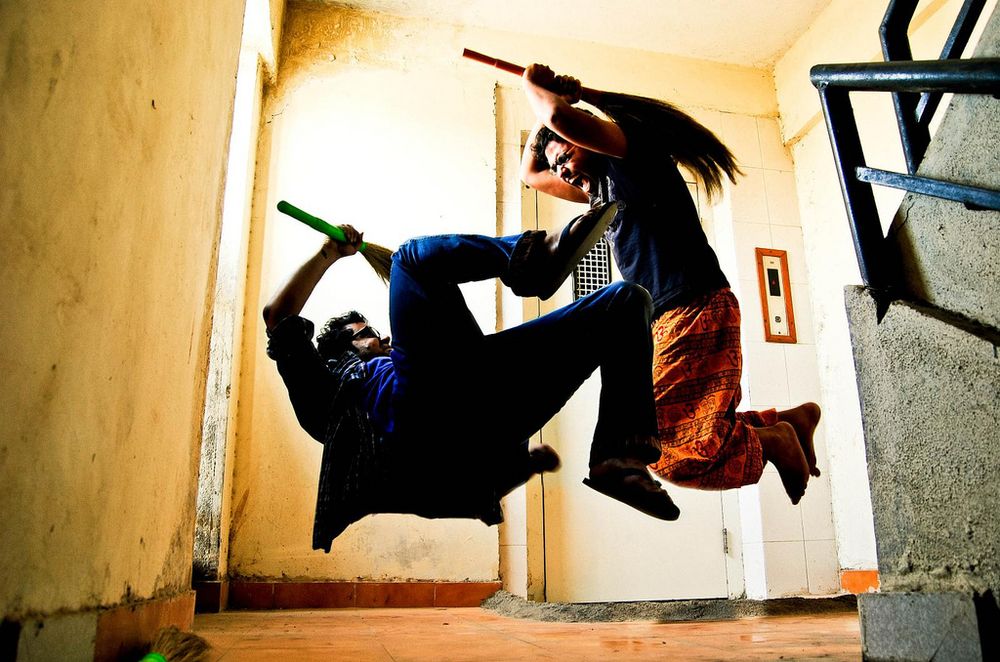Bib Number Recognition vs. Facial Recognition, Choosing the Right Photo‑Tagging Technology for Sports Events
In the world of mass-participation sporting events, whether it’s the thrill of crossing a marathon finish line, the grit of a triathlon, or the camaraderie of a cycling race, capturing and tagging each participant’s moment is essential. Rapid, reliable photo tagging elevates the experience for athletes eager to relive their accomplishments and empowers organizers to drive engagement through personalized content.
Today, two AI-powered approaches dominate the landscape: bib number recognition and facial recognition. Both harness the power of machine learning, yet they diverge sharply when it comes to accuracy, privacy, resource demands, and real-world robustness.
Bib number recognition relies on optical character recognition (OCR) systems tailored for race bibs, often enhanced with deep learning to accommodate varying fonts, angles, and lighting conditions.
By first detecting the bib region within an image, the system extracts the numeric sequence and cross-references it against registration data. Because race bibs are deliberately designed for high visibility, large, contrasting characters placed on the athlete’s torso, modern OCR models routinely achieve read rates above ninety-five percent, even in motion.
This approach is inherently privacy-friendly, as no biometric information is processed or stored.
Organizers can scale the solution effortlessly, since computational effort focuses narrowly on the bib rather than scanning every face in the frame. Even in crowded conditions or when a participant’s face is turned away, as long as the bib remains visible, the photo will be tagged correctly.
Facial recognition, by contrast, employs convolutional neural networks to detect and encode faces, comparing those embeddings against a database of pre-registered participants. Its allure lies in broad applicability: it can tag runners, spectators, VIPs, and media personalities without reliance on bibs.
With the right lighting and unobstructed views, it can enrich metadata, offering demographics insights or enabling augmented reality experiences. Yet this promise comes with significant trade-offs. Biometric data carries immense sensitivity, triggering stringent regulations—under GDPR, Indonesia’s PDP law, and other privacy frameworks, that demand explicit consent, secure storage, detailed audit trails, and strict deletion policies.
Accuracy can suffer outdoors in dynamic events, where shadows, fast movement, occlusions, or face coverings introduce errors. Moreover, documented biases across skin tones and genders risk unfair misidentifications. At scale, scanning hundreds or thousands of faces per hour requires substantial GPU resources and storage, challenging real-time delivery.
These concerns have ignited global debate and even regulatory pushback. Several jurisdictions have imposed moratoria on facial surveillance in public spaces, and event organizers must navigate a complex compliance landscape.
Participants often must opt in via pre-event waivers or app permissions, and biometric templates typically need to be purged within defined timeframes. Transparency mechanisms—such as audit logs and user access controls—are essential to maintain trust.
In contrast, bib number recognition sidesteps most legal and ethical hurdles. Because no facial data is retained and the link to an individual is limited to event-specific numbers, deployment can proceed swiftly and with minimal risk.
Real-world trials on platforms like gotag.me demonstrate that bib OCR pipelines can process tens of thousands of images per hour with read accuracies consistently above ninety percent, even when bibs are partially obscured or under challenging lighting.
Latencies often stay below two hundred milliseconds per image, enabling near-instantaneous photo delivery on websites and mobile apps. Facial recognition systems, meanwhile, must balance accuracy and speed with the available hardware; lab settings may boast high true-positive rates, but outdoor event conditions typically drive performance below optimal levels unless significant infrastructure is in place.
Looking ahead, many forward-thinking organizers are exploring hybrid strategies. By treating bib recognition as the primary tagging mechanism and invoking facial recognition only when bib reads fail, or to identify unregistered VIPs, the industry can achieve a balance of speed, accuracy, and privacy.
Advances in transformer-based OCR architectures are further boosting bib read rates, while innovations in edge computing and AI model compression promise to make on-device facial matching feasible without constant cloud connectivity.
Emerging privacy-preserving techniques, such as zero-knowledge proofs or encrypted embeddings, may one day allow biometric tagging without exposing sensitive data.
For most mass-participation races, however, bib number recognition remains the most reliable, cost-effective, and controversy-free solution. By continuing to refine OCR models to handle motion blur, diverse bib designs, and adverse lighting, platforms like gotag.me deliver fast, accurate, and privacy-respectful experiences that delight participants today.
At the same time, keeping a close eye on AI research and regulatory developments ensures readiness for next-generation innovations—setting the stage for seamless, secure, and personalized photo-tagging in the events of tomorrow.
